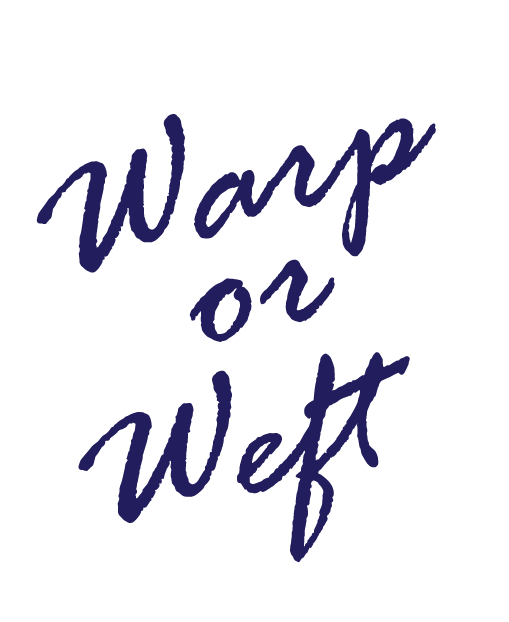My Top 3 Must Have Weaving Books
I am working on a longer post about how to get started in weaving because many people have been asking. I thought I'd start by sharing the weaving books that I rely on the most. Learning to weave is a bit like teaching yourself to play the violin. You can do it and it will eventually turn out great, but there will definitely be struggles along the way...and the lack of readily available, helpful information will make you want to pull your hair out.
Keep in mind that because the popularity of weaving fizzled a bit in the 1980s to the 2000s, second hand bookstores, estate sales and amazon may be your best bet for finding helpful weaving books. (this is also why my books look so beat up!). Most weaver's guilds also keep a library of books that members can borrow. You can find your local weaver's guild through this link - local weaver's guilds.
Here are my top weaving books in no particular order:
The Key to Weaving by Mary Black
This book provides information on a range of weaving topics that are great for beginning weavers. The subjects include warping the loom (in case you are brand new to weaving, warping is how to set up the loom), how to correctly wind a bobbin, how to read a weaving pattern, different weaving structures, how to finish a piece and much more. I refer to this book a lot because it has great instructions. The descriptions are helpful and there are often actual photos of pieces in addition to drawings. The forward indicates that the book is designed as a textbook and the lessons should be woven in order, but I don't use it that way. It would be interesting to weave straight through the book. If you do it, let me know.
A Handweaver's Pattern Book by Marguerite Porter Davison
This book includes a very short description or history of each type of weaving pattern - i.e., twill, Swedish lace, overshot, etc. - and then gets down to the meat of the weaving structures. It offers patterns without any instruction, so you will need to know how to warp the loom, use tabby, add a selvedge, etc. But if you follow Warp or Weft, you'll know that I weave from patterns in this book A LOT. I could probably weave forever on patterns and variations of the patterns in the Davison book alone. Some examples of patterns from the Davison book: Overshot Snail's Trail and Cat's Paw, Gertrude's Fancy, Swedish Lace, Monk's Belt. My advice about this book is to make sure that you do a draw down and a sample because the patterns don't always line up exactly with the photos in the book. I learned it the hard way, so you don't have to!
Note: The green Davison is the original book. They are now selling an orange book. I've heard it is not the same, but have not seen it yet. Be aware of this when you are buying the Davison book.
The Techniques of Rug Weaving by Peter Collingwood
Even if you aren't specifically interested in weaving rugs, the Collingwood book offers excellent tips about weaving and finishing techniques. I find this book incredibly useful even though I have never woven a rug. It has great descriptions and drawings. I am especially drawn to the section on using multiple weft colors and the many different ways to interchange the strands of yarn. When I flip through it and see the drawings, it makes me want to try new things on the loom.
I hope you find these books as helpful as I do! Weaving is a bit different for everyone, so go ahead and share the top weaving books that you love in the comments below.
Happy weaving!










